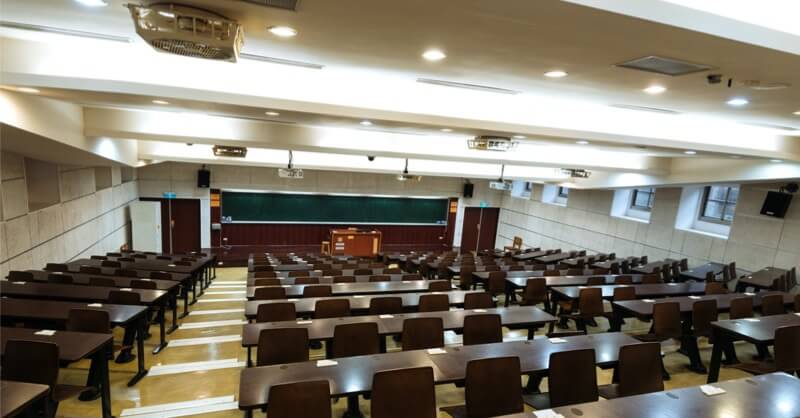Number of schools reporting open spaces for fall semester up sharply since last year
The National Association for College Admission Counseling (NACAC) reported in early May that approximately 750 college and universities still have openings, financial aid and housing available for freshman and transfer students hoping to enroll for the upcoming fall semester. The list includes two- and four-year public and private college institutions. Last year at the same time, only about 420 schools said they were in that position, “signaling that the coronavirus likely is affecting students’ college decisions and that officials may not have a clear picture of their enrollment until the fall term nears.” NACAC will release an updated version of the list after June 1, which has replaced May 1 as this year’s application deadline at many schools.
Source: Education Dive
Half of part-time students fail to graduate within six years
Although the six-year college completion rate has improved in recent years for students who first enrolled as full-time students, it continues to decline for part-time starters. According to a report from the National Student Clearinghouse Research Center, 51% of students who enrolled as part-timers in 2013 had “stopped out by the end of year six,” nearly double the rate of full-time starters who failed to graduate (26%). “The gaps in stop-out performance start early in the students’ academic career, with part-time entrants stopping out immediately at a much higher rate. For example, by year two, 24.4 percent of part-time entrants stopped out compared to 13.1 percent for full-time counterparts. The gap increased further by year three, with an additional 14.2 percent of part-time entrants stopping out, as opposed to only an additional 5.9 percent for full-time starters.”
Source: National Student Clearinghouse Research Center
Almost 50% of business schools expect enrollment to drop this year
Nearly half (46%) of recently surveyed business schools “expect a drop in enrollment across all programs over the next six months,” according to a report from the Association to Advance Collegiate Schools of Business (AACSB). Although 20% of B-schools expect enrollment to decline by at least 10%, 27% of responding institutions said they expect enrollment to remain essentially the same. While “an optimistic 4% of responding schools expect a 10% or more increase in enrollment in the next six months… just 13% of schools expect increases in enrollment of more than 1%.” The AACSB’s report also noted that, “Many of the differences across enrollment impacts and anticipated changes are and will continue to be dependent on what part of the world a school is located in, as well as… the types of students they attract, their missions and other specific contexts and qualities.”
Source: Poets & Quants
Pandemic shines spotlight on the value of a graduate business degree
Two members of Liaison’s BusinessCAS™ Advisory Board recently co-authored an article for AACSB’s “Best Business Schools” website in which they asserted that, “Despite recent research and reporting that casts doubt on the value of an MBA degree, these turbulent times underscore the need for talented and skilled leadership — precisely the kind of vision taught in a business school classroom… As businesses of all sizes navigate the now-ubiquitous remote work conditions, the skills you will acquire during an MBA program will determine which businesses thrive and which fade away.” The article was penned by Dr. Toby McChesney, senior assistant dean of graduate business programs for the Leavey School of Business at Santa Clara University (and chair of the BusinessCAS Advisory Board) and Dr. Monica Powell, senior associate dean and graduate dean for the Naveen Jindal School of Management at The University of Texas at Dallas. “Now is exactly the right time for you to pursue a graduate degree in business,” they wrote. “MBA students will be at the forefront of sustaining their businesses and driving the decisions that will get society through the pandemic, generating prosperity in the brighter days that lie ahead.”
Source: AACSB
